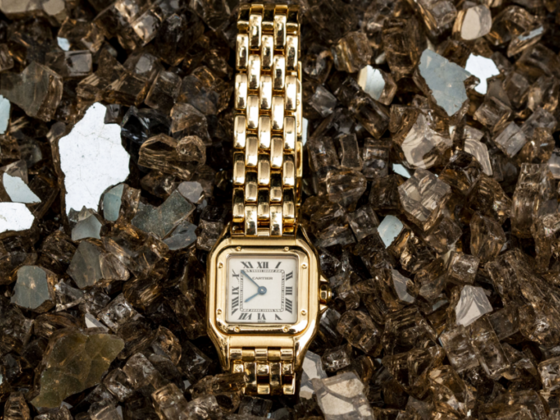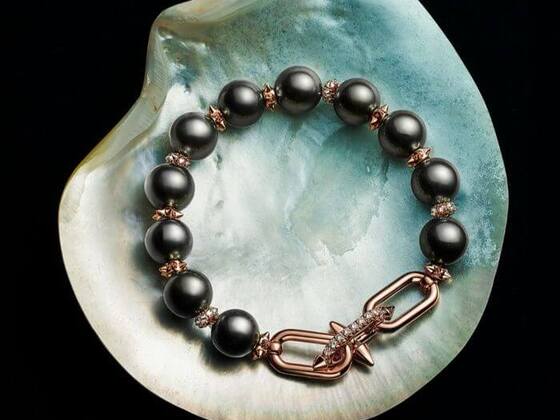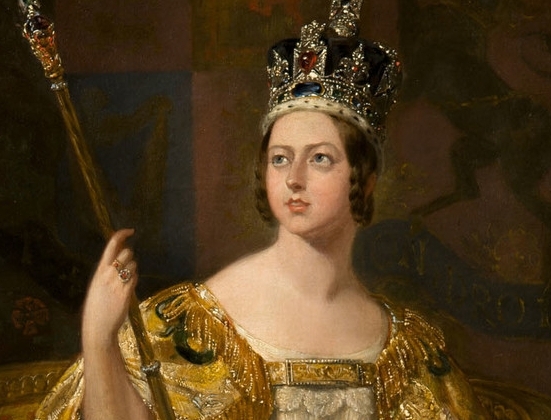Cartier is a name that resonates with sophistication, innovation, and a storied legacy in the world of luxury jewellery and timepieces. Often described as “the jeweller of kings and the king of jewellers,” Cartier has carved an indelible niche. Captivating royalty, celebrities, and style connoisseurs for over 175 years. In 2025, the prestigious Victoria & Albert Museum is set to host a landmark exhibition. Shining a brilliant spotlight on Cartier’s evolution from a Parisian workshop to a true powerhouse of contemporary luxury. This article delves into Cartier’s captivating history, its global ascent, and the upcoming V&A exhibition that promises to enthral jewellery enthusiasts and cultural aficionados alike.
Cartier: Synonymous with Elegance and Luxury
Cartier stands as a beacon of French excellence. Weaving together fine craftsmanship, innovative design, and an unparalleled flair for timeless allure. As one of the world’s premier luxury brands, Cartier’s influence extends across generations and continents. Not merely a label, but a symbol of aspirational taste, Cartier encapsulates the dreams of those who appreciate artistry and exclusivity.
In an era when brands attempt to capture the hearts of celebrities and royalty, Cartier stands apart as a natural choice. The house’s unique blend of artistry and technical ingenuity has made it the preferred jeweller for monarchs, movie icons, fashion luminaries, and discerning collectors. The allure of Cartier’s “red box magic” transcends fleeting trends. Its legacy endures, continually reinventing itself for new audiences while retaining the essence of its heritage.
The Founding and Early Years: A Legacy Begins in Paris
The birth of Cartier dates back to 1847, when Louis-François Cartier took over the modest workshop of his master, Adolphe Picard, in the heart of Paris. Little did he know that his vision would ignite a brand that would epitomise the zenith of luxury. Amidst the backdrop of the Second French Empire, Cartier quickly gained favour among Paris’s burgeoning elite, who were captivated by its refined artistry and meticulous attention to detail.
By the late 19th century, the house of Cartier began its ascent into the realms of high society. Louis-François’s son, Alfred Cartier, took the helm in 1874, further propelling the family business. He cultivated a clientele that spanned nobility and the world’s social elite, refining Cartier’s creative language and business acumen.
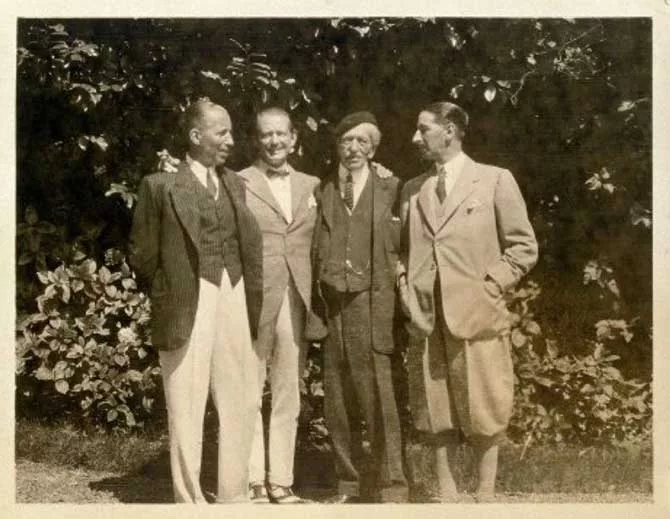
However, it was Alfred’s three sons, Louis, Pierre, and Jacques, who would shape Cartier into a truly global force. Their distinctive talents, entrepreneurial spirit, and cosmopolitan sensibility would soon ripple across three continents. Laying the foundation for a new era in haute joaillerie.
Cartier’s Rise to Global Prestige: The “Jeweller of Kings”
By the dawn of the 20th century, Cartier’s reputation had soared, with the brand hailed by England’s King Edward VII as “the jeweller of kings and the king of jewellers.” This endorsement catapulted Cartier into the upper echelons of the world’s elite.
Louis Cartier, the visionary eldest son, anchored the Paris flagship and became the creative heartbeat of the maison. He worked alongside Pierre, who expanded the brand across the Atlantic. And Jacques, who captivated the British aristocracy. Their efforts led to two pivotal milestones:
- London Boutique, 1902. Opened at the behest of King Edward VII, just in time for his coronation, Cartier’s London atelier instantly became a magnet for the British royal family and European nobility.
- New York Expansion, 1909. Pierre Cartier’s bold move into New York solidified the brand’s presence in the United States. The brand’s acquisition of the iconic Fifth Avenue mansion, with a single pearl necklace as part of the negotiation, became legendary.
During the early 20th century, Cartier designed and supplied some of the most important royal jewels in the world, including spectacular tiaras, ceremonial objects, and personal treasures. Their clientele included Russian grand duchesses, Indian maharajas, Hollywood icons, and international socialites, placing Cartier squarely at the centre of global high society.
Innovations and Notable Designs: Blending Tradition with Modernity
Cartier’s ascent was fueled by unrelenting innovation and a fearless embrace of modern design. The house broke with convention, both in materials and creativity, consistently setting new standards. Some of Cartier’s most revolutionary contributions include:
- Introduction of Platinum: Cartier was one of the first jewellers to harness platinum, allowing for stronger, more delicate settings. This breakthrough led to spectacular creations that combined lightness and strength, redefining the possibilities of form and intricacy in jewellery.
- The Santos Watch (1904): Conceived by Louis Cartier for aviator Alberto Santos-Dumont, the Santos became the world’s first men’s wristwatch designed for function and style. It challenged the pocket-watch norm and ushered in an era where timepieces became a statement of personal identity.
- Tank Watch (1917): Inspired by the silhouette of World War I tanks, the Tank Watch marked a bold, geometric departure from traditional watch designs. It quickly attracted tastemakers from Hollywood to royal courts, solidifying its status as an enduring icon.
- Trinity Ring (1924): Designed by Louis Cartier, the Trinity ring’s three interlocking bands in white, yellow, and rose gold symbolise unity, fidelity, and friendship. It’s an enduring testament to simplicity and sophistication.
- Love Bracelet (1969): With its innovative screw motif and oval shape. The Love bracelet captured the spirit of devotion and modern romance, establishing itself as an emblem of enduring affection and contemporary luxury.
Cartier’s flair for invention didn’t stop at timepieces or rings. The house introduced the panther—la panthère, as a motif, drawing upon feline elegance and Parisian glamour to create an instantly recognisable symbol. Whether in watches, brooches, or necklaces, the panther roared onto the style stage, cementing Cartier’s reputation for audacious creativity.
Iconic Collections and Artistic Influences: Where Art Meets Jewellery
The secret to Cartier’s enduring appeal lies in its ability to embrace diverse artistic influences and distil them into unique collections. Throughout its history, Cartier has assimilated the spirit of the era, transforming each movement’s aesthetics into wearable masterpieces.
- Art Deco Era: Cartier emerged as a key contributor to the Art Deco movement. Pioneering geometric patterns, bold colours, and streamlined forms that echoed the optimism and dynamism of the early 20th century. The house’s clean lines, use of platinum, and rich gemstones defined the era’s quintessential look.
- Tutti Frutti: Inspired by the vibrant flora and ornate motifs of India, the Tutti Frutti collection blended carved rubies, sapphires, and emeralds into kaleidoscopic splendours. These pieces remain highly coveted for their exuberance and cultural fusion.
- Mystery Clocks: Cartier pushed technical ingenuity with the invention of the mystery clock—timepieces that seemingly defied physics, with ‘floating’ hands that mesmerised and delighted collectors worldwide.
- Panthère de Cartier: Introduced in the early 20th century, the panther motif adorned brooches, watches, and necklaces. Quickly becoming a favourite among style icons such as the Duchess of Windsor and contemporary celebrities.
- Bespoke Masterpieces: Cartier has a long history of creating one-of-a-kind commissions for royalty and luminaries. Including extravagant tiaras for European courts, ceremonial objects for Indian maharajas, and personalised treasures for Hollywood’s elite.
These collections and objects are not mere accessories. They are covetable pieces of art history, testaments to Cartier’s ability to refine and reinterpret beauty through the ages.
Cartier in Popular Culture: A Symbol Revered by Generations
Cartier’s cultural reach extends far beyond the jewellery box. The maison’s enduring presence in film, music, and fashion has solidified its role as a touchstone for elegance and sophistication.
- On the Silver Screen: Cartier pieces frequently grace the red carpet and appear in iconic films, adorning stars such as Grace Kelly, Elizabeth Taylor, and Audrey Hepburn.
- In Music and Fashion: From hip-hop lyrics to haute couture runways, Cartier’s iconic accessories are referenced as tokens of taste, status, and timeless beauty. The signature red box, in particular, has emerged as a symbol of special moments and milestone celebrations.
- Celebrity Endorsements & Editorial Features: Cartier’s creations are perennial favourites for high-profile weddings, magazine covers, and cultural events. The likes of Princess Diana, Jackie Kennedy, and contemporary style leaders continue to shine in Cartier, passing the torch of elegance to new generations.
Through these cultural intersections, Cartier stays fresh and relevant, invoking a sense of nostalgia for classic glamour while celebrating the spirit of modernity.
Cartier at the Victoria & Albert Museum: The Landmark Exhibition of 2025
In a testament to Cartier’s everlasting influence, the Victoria & Albert Museum will host the largest Cartier exhibition the UK has seen in nearly three decades. Open until 15 November 2025, this blockbuster showcase is destined to be a centrepiece of London’s cultural calendar.
Highlights of the Exhibition:
- Over 350 Dazzling Pieces. Visitors will marvel at jewellery, timepieces, and objets d’art spanning Cartier’s entire history. Many were gathered from major international collections, royal treasuries, and the maison’s own archives. The display will chart Cartier’s metamorphosis from a Parisian atelier to a worldwide arbiter of style.
- Royal & Celebrity Treasures. Among the most anticipated highlights are legendary pieces linked to royalty and celebrities. Including the María Félix snake necklace and several objects from the British Royal Collection. Guests will also enjoy what is billed as “the best tiara room in the world,” featuring breathtaking headpieces worn by queens, princesses, and aristocrats.
- Mystery Clocks, Iconic Watches, and More. The exhibition will immerse visitors in the wonder of Cartier’s most inventive designs. From mystery clocks to the legendary Tank and Santos watches. Alongside these classics, the show will present exotic bib necklaces, dazzling brooches, and unique objects that capture the spirit of their era.
- Unveiling the Creative Process. For enthusiasts of design and innovation, the exhibition will provide a behind-the-scenes glimpse into Cartier’s artistic journey. Through sketches, moulds, and archival materials, the show will unravel the secrets of the jeweller’s atelier. emphasising the “alchemy” that transforms raw materials into wearable marvels.
Cartier’s Legacy in Luxury and Craftsmanship: Enduring Appeal
What sets Cartier apart in the hyper‑competitive world of luxury is not only its unwavering commitment to exceptional craftsmanship, innovation, and an eye for the avant‑garde, but also its ability to infuse each creation with meaning and emotion. Indeed, every Cartier piece reflects countless hours of artistry and precision. In its ateliers, master jewellers blend time‑honoured techniques with cutting‑edge technologies to source, cut, and assemble the world’s rarest gems and materials.
Moreover, Cartier distinguishes itself through its dedication to collaborative artistry. Over the decades, it has commissioned and partnered with leading architects, designers, and artists, creating a cross‑disciplinary approach that elevates each piece from mere luxurious adornment to a powerful statement of cultural invention.
In the 21st century, Cartier continues to set benchmarks for sustainability, ethical sourcing, and transparency, aligning its practices with the expectations of a global, socially conscious clientele. Its boutiques remain sanctuaries of elegance, offering far more than product. They offer an immersive journey through artistry and heritage.
Today, with a presence in nearly every major city, Cartier’s legacy as the ultimate symbol of luxury and craftsmanship endures. Whether a vintage timepiece or a contemporary jewel, every Cartier creation tells a profound story of ingenuity and grace.
Frequently Asked Questions (FAQs)
Cartier was founded in 1847 by Louis-François Cartier in Paris, France. It began as a small workshop and quickly grew into an internationally renowned luxury jewellery and watch brand.
King Edward VII of England gave them this name, due to its prestigious royal clientele and exquisite craftsmanship.
Cartier mystery clocks feature clock hands that appear to float mysteriously. This is achieved using transparent crystal discs with hidden cogwheels. A blend of engineering and optical illusion that showcases Cartier’s innovation in horology.
The iconic red box has become synonymous with Cartier’s brand identity and luxury experience.
Ready to Start Your Gemstone Journey?
Don’t wait to discover the world of gemstones! Explore these essential reads right away.
Fascinated by this article and want to deepen your gemstone expertise? Dive into our comprehensive Gemstone Encyclopedia. Here, you’ll discover detailed information about hundreds of precious and semi-precious stones, including their properties and values.
For those interested in the rich cultural significance and fascinating stories behind these treasures, our History section offers captivating insights into how gemstones have shaped civilisations. Or perhaps you’d like to learn more about birthstones?
And if you’re considering gemstones as more than just beautiful adornments, visit our Precious Metal Investing guide. Here you will learn how these natural wonders can become valuable additions to your investment portfolio.
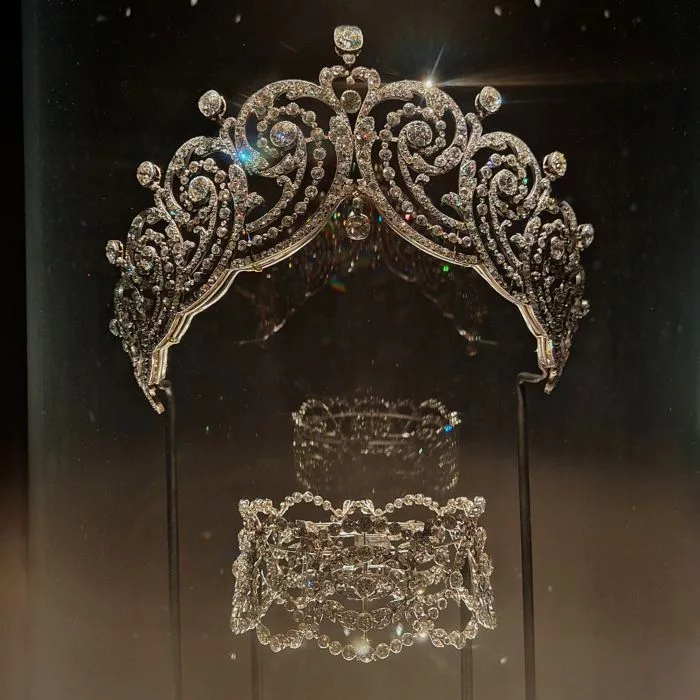
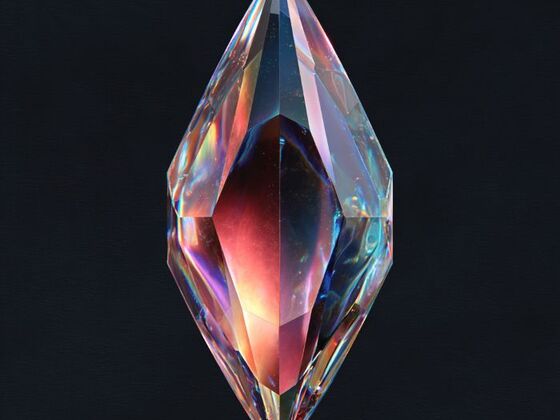
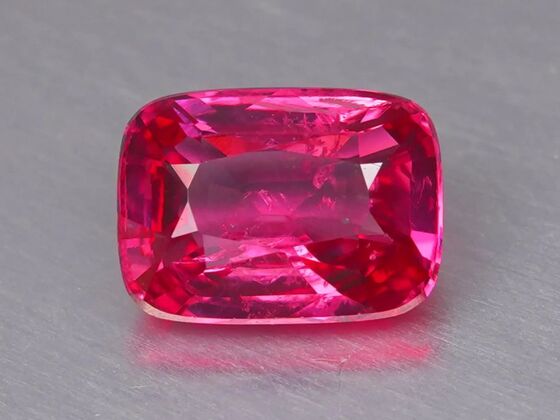
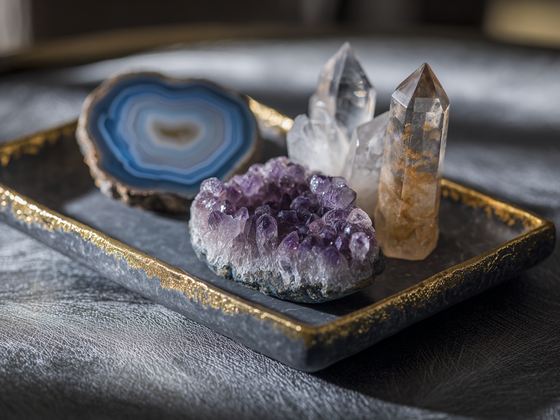
![Pigment analysis of Raphael's masterpiece[7][8] reveals the usual pigments of the renaissance period such as malachite mixed with orpiment in the green drapery on top of the painting, natural ultramarine mixed with lead white in the blue robe of Madonna and a mixture of lead-tin-yellow, vermilion and lead white in the yellow sleeve of St Barbara.](https://gemstonesinsider.com/wp-content/uploads/2025/09/Raphael-Madonna_Sistine_sm-560x420.jpg)

